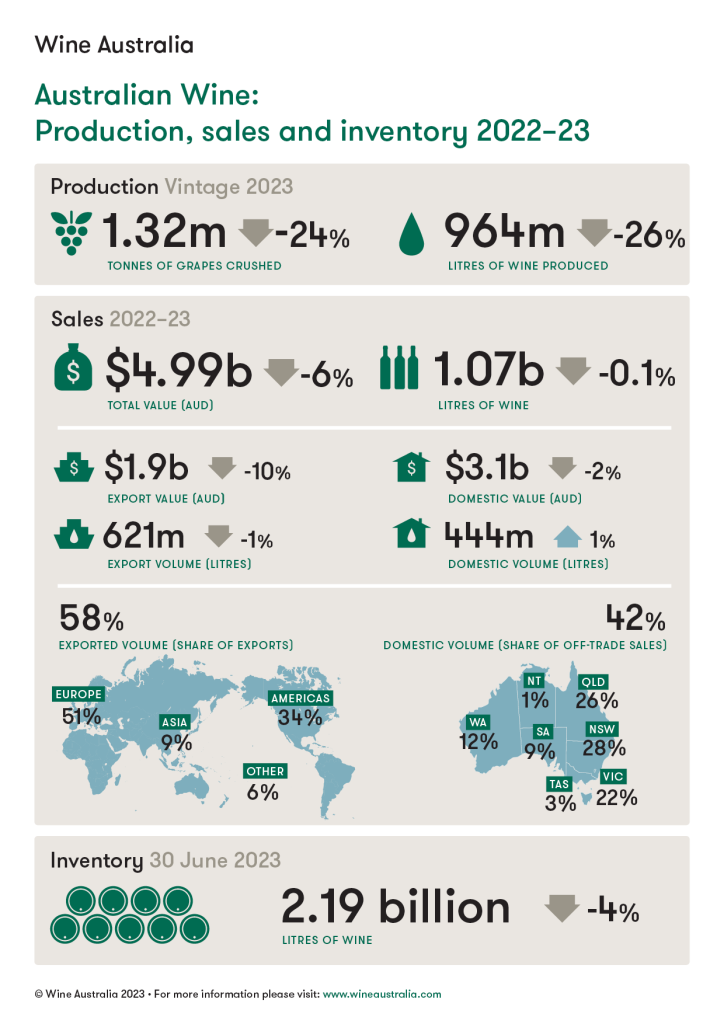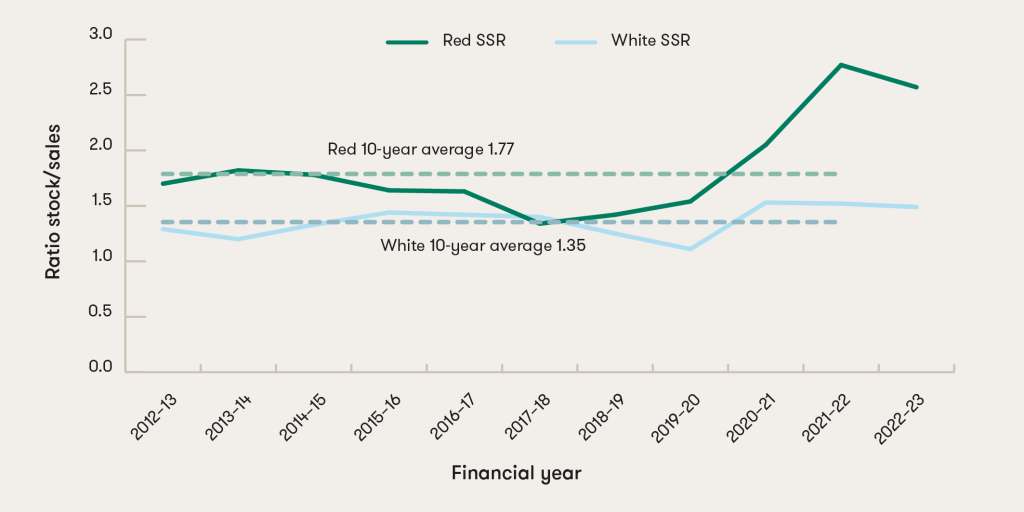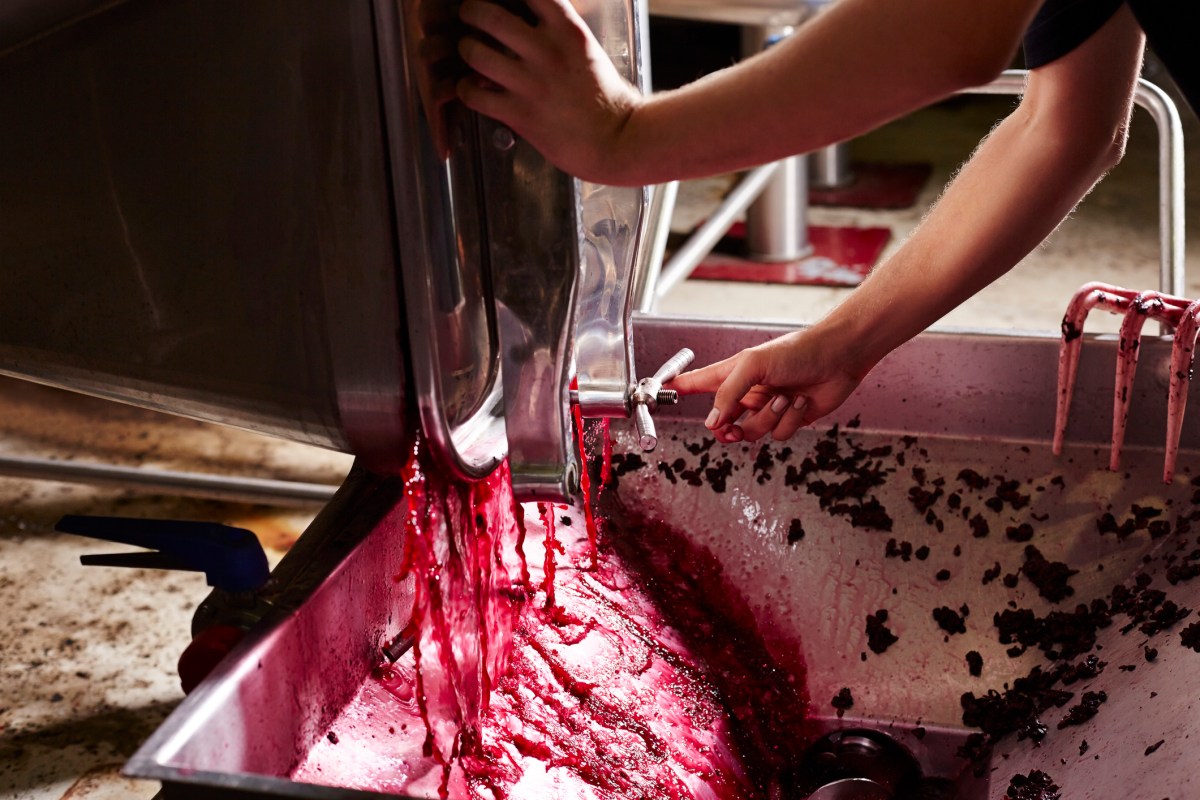Data released by Wine Australia has revealed that total sales of Australian wine were 11 per cent above production in 2022-23 after the lowest wine production in 15 years.
Despite sales exceeding production, it was not at a high enough rate to reduce pressure on historically high national wine inventory levels and stock-to-sales ratio for red varieties remains particularly inflated.
According to the Wine Production, Sales and Inventory Report 2023, Australian wine production dipped to 964 million litres in 2022-23, marking the lowest it has been since 2006-07 and the first time that it has fallen below one billion litres.
In contrast, sales remained steady at 1.07 billion litres with a small increase in domestic sales countering a similar-sized decline in exports.

Peter Bailey, Wine Australia’s Manager Marketing Insights, said it was pleasing that sales had held steady this year despite difficult global conditions affecting all markets.
“This is the first time in five years that total sales volume has remained steady on a year-on-year basis. Sales of Australian wine have been decreasing in our domestic market and in export markets over the past five years, due to declining wine consumption combined with increased cost of living pressures and the effects of the significant duties on Australian wine to China.”
In June this year, the national wine inventory decreased by four per cent to an estimated 2.2 billion litres as a result of reduced wine production, driven predominantly by red wine stocks which were down 10 per cent from the previous year.
While this shift has reduced some pressure, Baily noted that inventory levels still remain high.
“This is a move in the right direction for the sector as it responds to the challenge of rebalancing supply and demand. However, it is only a small reduction after the lowest vintage in 20 years, and stocks of red wine remain at historically high levels.”
The stock-to-sales ratio is used to measure how many years’ worth of sales is held in inventory, and despite decreasing by seven per cent this was still 3.57 for reds, 45 per cent higher the 10-year average.

Bailey said: “The long-term average stock-to-sales ratio for red wine is around 1.8, which equates to having just under two years’ worth of sales in stock. The current level is over two and a half years’ worth, which is very high in historical terms. If the ratio is too high, it puts pressure on winery inventories and reduces demand and price for wine grapes.”
Bailey explained that the situation for whites is better than reds, with supply and demand appearing to be more balanced at a stock-to-sales ratio of 1.49. This shows a decrease of two per cent in 2022-23 and sits closer to its long-term average of 1.35.
Bailey noted that sales of white wine in 2022-23 were 463 million litres, considerably lower than the 10-year average production of 579 million litres.
“Rebalancing supply and demand remains a real challenge for the sector. Our situation reflects the global environment, as world wine production has exceeded consumption every year for the past 10 years.
“This prolonged oversupply, which is the equivalent each year of more than twice Australia’s production, has put increasing pressure on all wine-producing countries.”

